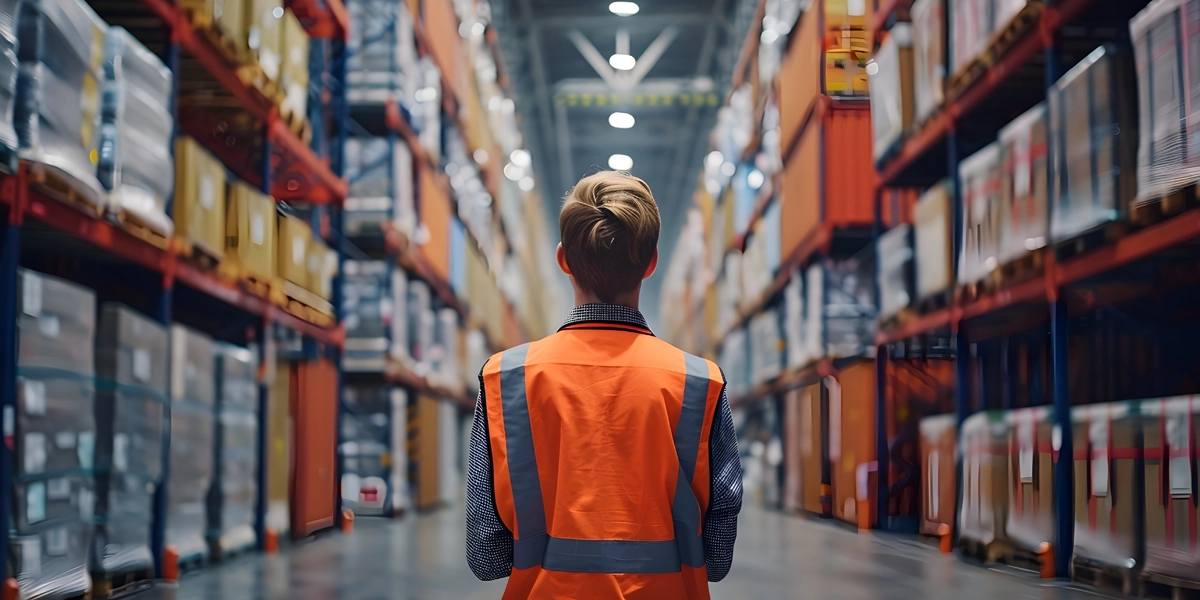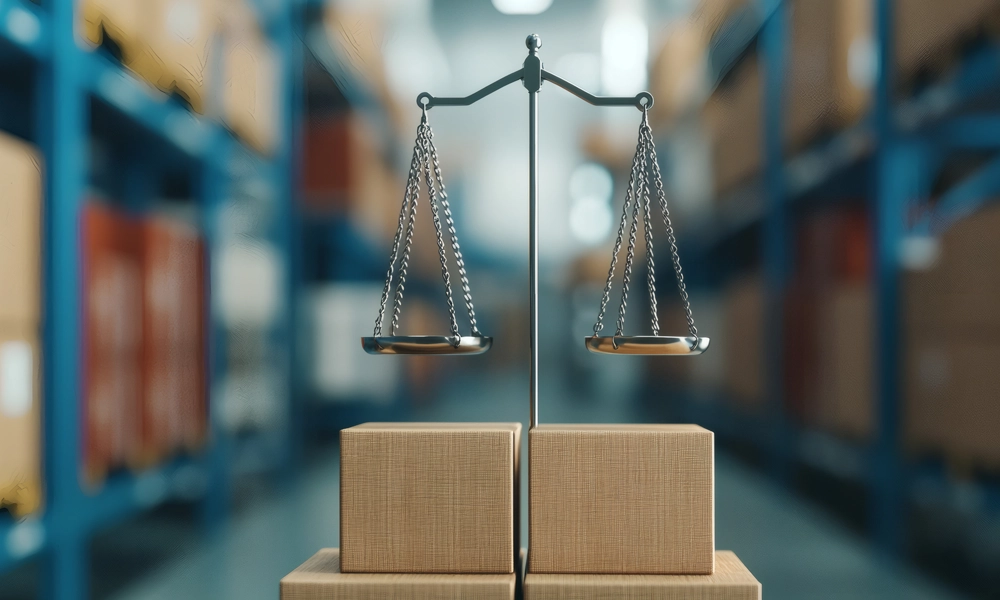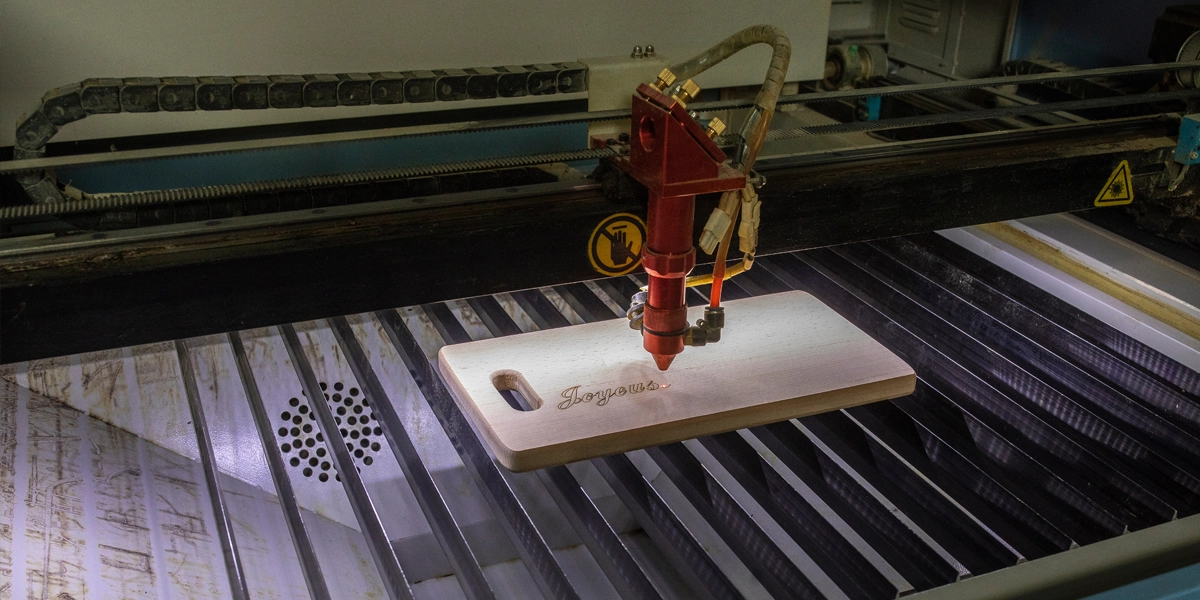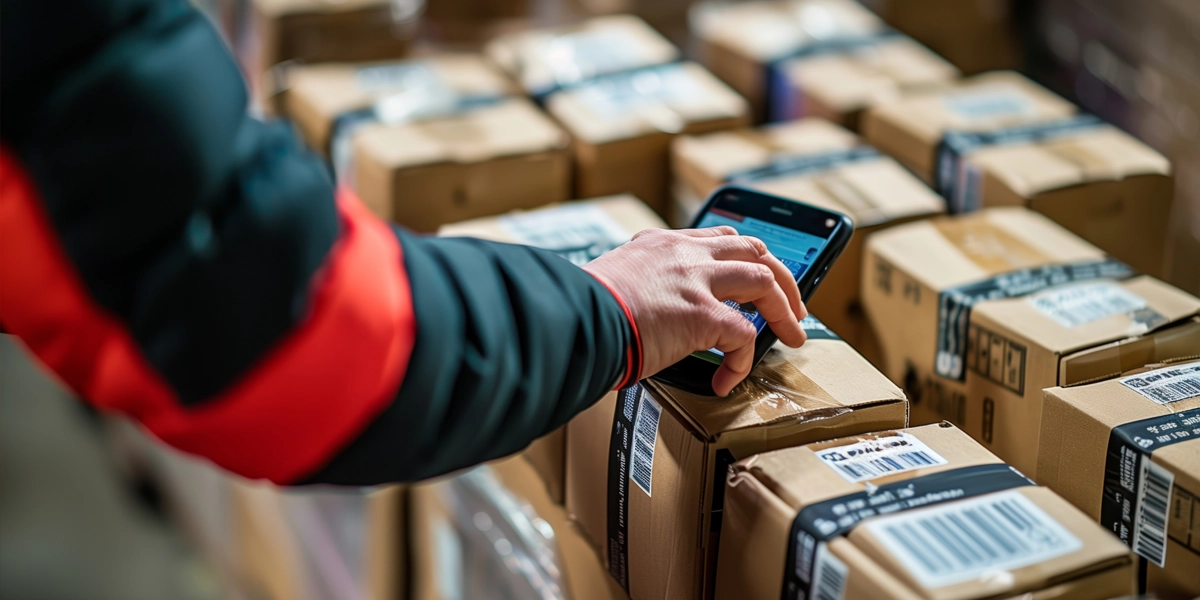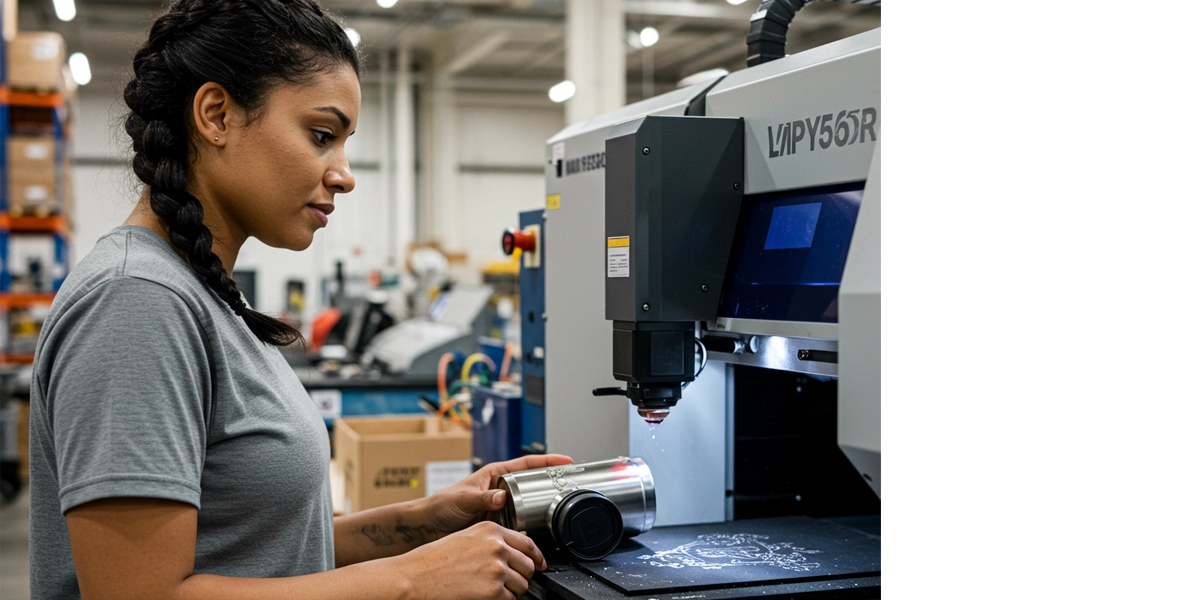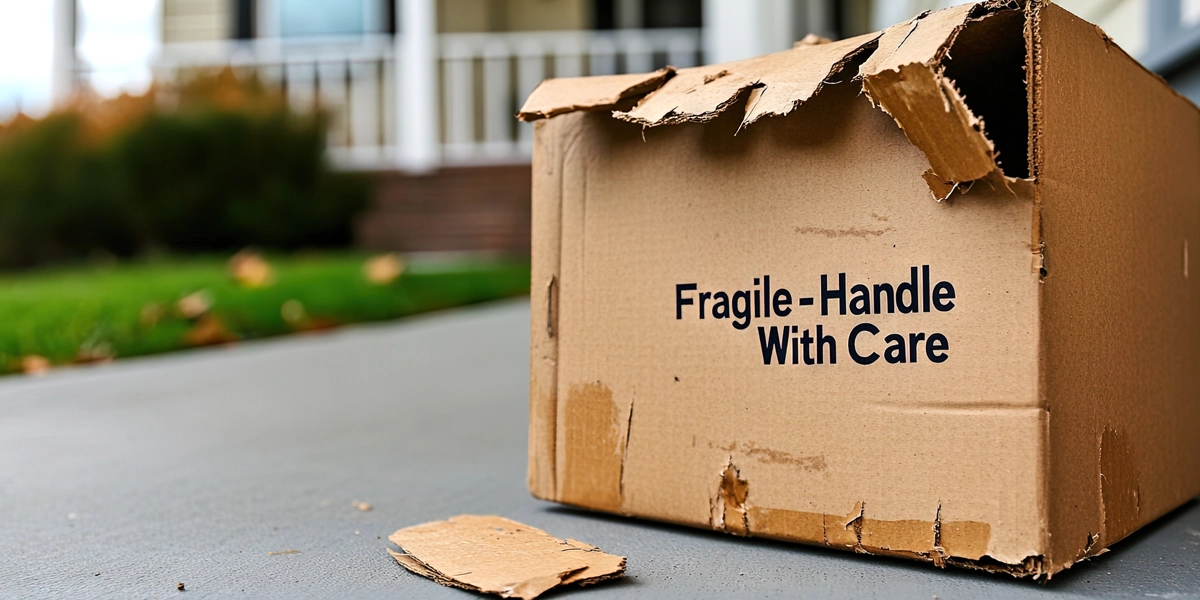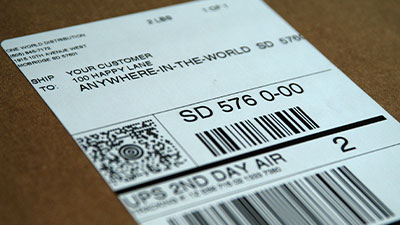In This Article:
What are the differences between a Fulfillment Center, Distribution Center, and Warehouse? Each type of facility has a specific role in the supply chain, affecting how efficiently products move from production to end consumers.
Fulfillment Centers primarily serve ecommerce businesses, focusing on order processing and direct-to-consumer (D2C) deliveries. They prioritize speed and accuracy to ensure customer satisfaction through quick order fulfillment.
Distribution Centers, on the other hand, are important logistics hubs that balance short-term storage with efficient distribution to retailers or other businesses. Their main goal is to facilitate fast movement rather than long-term storage.
Meanwhile, Warehouses provide long-term storage solutions, keeping inventory until it’s needed.
Choosing the right facility affects both operational efficiency and your profits. You need to understand some key differences about each facility’s capabilities so you can invest in the right 3PL and keep costs down.
Understanding Warehouses, Fulfillment Centers, and Distribution Centers
What is a Warehouse?
A warehouse is a facility used for long-term storage of goods. Its main purpose is to store products for an extended period, ensuring that businesses have enough inventory to meet fluctuating demand.
Types of Goods Commonly Stored in Warehouses:
- Raw materials essential for manufacturing processes
- Finished products awaiting distribution to retailers
- Seasonal items stored until peak selling periods
Warehouses are important in various industries such as manufacturing and retail. In manufacturing, they hold raw materials needed for production. Retailers use warehouses to maintain stock levels that meet consumer demands.
Inventory Management: Advanced technology plays a crucial role in warehouses for efficient inventory management. Tools like RFID tags, warehouse management systems (WMS), and order management systems help track stock levels and optimize space usage.
What is a Fulfillment Center?
A fulfillment center is a facility designed for quickly processing orders. Unlike traditional warehouses, fulfillment centers handle the entire order process, including receiving inventory, picking items based on customer orders, packing products securely, and shipping them directly to customers.
Fulfillment centers are essential for ecommerce businesses. Their efficiency directly affects customer satisfaction through fast shipping times and accurate order fulfillment.
Technologies Used: To ensure precise operations, fulfillment centers utilize technologies such as:
- Automated picking systems
- Real-time inventory tracking software
- Robotics for sorting and packaging
Strategically located fulfillment centers help reduce shipping times, improve delivery speed, and enhance the overall customer experience.
What is a Distribution Center?
A distribution center is a logistics hub that focuses on short-term storage and quick order processing. Unlike warehouses that prioritize long-term storage, distribution centers emphasize moving products from suppliers to retail locations or directly to customers.
Comparison with Warehouses: While both facilities manage inventory, distribution centers prioritize quick turnover rates over prolonged storage. This difference allows businesses to streamline their supply chain operations by reducing lead times.
Role in Supply Chain Management: Distribution centers play a crucial role in supply chain networks by being strategically located between suppliers and retailers. They enable companies to:
- Rapidly respond to market demands
- Optimize logistic routes
- Enhance coordination with suppliers
By maintaining close relationships with suppliers and retailers, distribution centers contribute significantly to the flexibility of modern supply chains.
Understanding these three types of facilities—warehouses, fulfillment centers, and distribution centers—is important for optimizing logistics strategies that cater to specific business needs. Each facility type offers distinct advantages that align with different operational priorities within supply chains.
Comparing Fulfillment Centers, Distribution Centers, and Warehouses
Understanding the differences between fulfillment centers, distribution centers, and warehouses is crucial for optimizing your logistics strategy. Each facility serves distinct roles within the supply chain, focusing on different core functions that influence operational outcomes.
Key Distinctions
- Warehouses: Primarily built for long-term storage, warehouses act as reservoirs for inventory. Their main objective is to store goods until they’re needed, often lacking the advanced systems necessary for rapid order processing.
- Distribution Centers: Operate as logistics hubs with a focus on short-term storage and swift movement of goods. These facilities are integral to the supply chain, bridging suppliers and retailers through efficient order consolidation and dispatching.
- Fulfillment Centers: Tailored specifically for order processing, these centers handle direct-to-consumer (D2C) shipments. They excel in pick-and-pack services, shipping management, and personalized-to-consumer (P2C) offerings such as custom packaging or engraving.
Operational Differences
- Service Speed: Fulfillment centers are designed for high-speed operations. Advanced technologies enable them to process orders rapidly, ensuring same-day or next-day delivery capabilities. Distribution centers also prioritize speed but focus more on bulk shipping rather than individual orders.
- Efficiency Levels: Warehouses may sacrifice speed for capacity, often storing large quantities of goods without the need for immediate turnover. In contrast, fulfillment centers leverage cutting-edge software to integrate seamlessly with ecommerce platforms and streamline order fulfillment processes. Using EDI integration, advanced 3PL technology, and AI logistics solutions, ecommerce brands can run smoother, more cost-efficient operations.
- Focus on Personalization: At fulfillment centers like One World Direct, offerings such as specialized P2C services provide added value by allowing customization options right at checkout—enhancing customer experience beyond mere product delivery. OWD can handle the storage, personalization, and fulfillment of orders to open new profit opportunities for D2C brands and boost revenue.
Services Offered by Fulfillment Centers vs Distribution Centers
Fulfillment Center Services
Fulfillment centers are tailored to meet the needs of ecommerce businesses by providing comprehensive services that streamline order processing and give customers the ultimate online shopping experience. Key services include:
- Pick-and-Pack Fulfillment: Items are selected from inventory, packed efficiently, and prepared for shipment, ensuring accuracy and speed.
- Shipping Management: Coordination with various carriers guarantees timely delivery, leveraging flexible shipping options to reach customers efficiently.
- Omnichannel and Multichannel Distribution: With the rise of omnichannel and multichannel retail, fulfillment centers have adapted to handle orders from various platforms, integrating inventory management systems to ensure accurate stock levels across all channels.
- Returns Processing: Efficient handling of returns is crucial for customer satisfaction. Fulfillment centers can inspect, restock, or dispose of returned items as necessary, minimizing the impact on the brand and enabling more sustainable fulfillment.
- Customer Service: Some fulfillment centers offer customer service support for orders, tracking, and general assistance inquiries.
- Value-added Services: Some fulfillment centers go beyond basic order fulfillment by offering additional services like product personalization, kitting, assembly, labeling, and packing customization. These value-added services enable brands to differentiate their products and create a unique brand experience.
- Inventory Management: Advanced systems track stock levels in real time, optimizing inventory turnover and reducing logistics costs.
Distribution Center Services
Distribution centers serve as strategic nodes within supply chains, focusing on the rapid movement of goods rather than long-term storage. Their services typically include:
- Packaging Coordination: Ensures products are packaged according to specific requirements, maintaining consistency and quality across shipments.
- Delivery Logistics Oversight: Manages the flow of goods from suppliers to retailers or directly to consumers, optimizing routes and schedules for efficiency.
- Cross-Docking Operations: Goods are received, sorted, and dispatched without the need for prolonged storage, minimizing time in transit.
- Supplier and Retailer Relations: Acts as an intermediary between manufacturers and retail outlets, facilitating seamless communication and transaction processing.
Pros & Cons of Using Fulfillment Centers vs Distribution Centers
Exploring the pros and cons of fulfillment centers reveals several advantages for ecommerce businesses. These facilities are designed to process orders rapidly, offering speedier order processing times that significantly enhance the customer experience. This efficiency is crucial in meeting the growing demands of consumers who expect swift delivery and seamless service.
However, reliance on fulfillment centers isn’t without its challenges. A notable disadvantage is the potential for higher costs, mainly when dealing with variable storage fees and premium shipping options. Businesses must weigh these costs against the benefits of improved customer satisfaction.
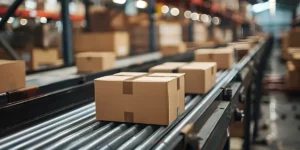 On the other hand, distribution centers present distinct benefits for B2B logistics. Their key strength lies in their ability to streamline operations within logistics networks, improving efficiency levels significantly. This makes them an excellent choice for businesses prioritizing large-scale distribution over individual consumer needs.
On the other hand, distribution centers present distinct benefits for B2B logistics. Their key strength lies in their ability to streamline operations within logistics networks, improving efficiency levels significantly. This makes them an excellent choice for businesses prioritizing large-scale distribution over individual consumer needs.
Yet, there are drawbacks with this approach. Distribution centers typically place less emphasis on personalized, consumer-centric services. This can be a limitation if direct-to-consumer interaction is a critical component of your business model.
Understanding these trade-offs between fulfillment and distribution centers allows you to align your logistics strategy more effectively with your business objectives and customer expectations.
Sustainability Considerations in Modern Logistics Practices
Sustainability in logistics services has become a crucial factor influencing decision-making across supply chains. Implementing eco-friendly practices in warehousing operations and order fulfillment processes reduces environmental impact and enhances brand reputation and customer loyalty.
Key sustainable practices:
- Energy Efficiency: Utilizing energy-efficient lighting and HVAC systems reduces carbon footprints.
- Waste Reduction: Implementing recycling programs and minimizing packaging waste contribute to sustainability.
- Eco-Friendly Transportation: Opting for electric or hybrid vehicles decreases emissions during deliveries.
Adopting these sustainable strategies aligns logistics operations with global environmental goals, offering competitive advantages in an increasingly eco-conscious market. The emphasis on sustainable logistics resonates with consumers’ growing preference for environmentally responsible brands, fostering stronger relationships between businesses and their clientele.
Making Informed Choices Between Different Types Of Logistics Facilities Based On Business Needs And Objectives
Deciding which warehouse service to use for your business involves understanding the distinct roles of a Fulfillment Center vs a Distribution Center. Each facility serves unique functions that cater to specific logistical needs.
Key Factors to Consider:
- Nature of Products: If your business deals with high-turnover, consumer-facing products, a fulfillment center might be ideal due to its focus on rapid order processing and customer-centric services.
- Volume Levels: Large-scale operations with substantial inventory turnover may benefit from a distribution center’s efficiency in managing bulk storage and streamlined logistics.
- Business Model: Direct-to-consumer (D2C) models often leverage fulfillment centers for their specialized services like personalized packaging, while B2B operations might find distribution centers advantageous for their robust handling capabilities.
Understanding the difference between a warehouse and a distribution center is crucial. Warehouses provide long-term storage solutions, whereas distribution centers emphasize the movement of goods, ensuring swift delivery and supply chain fluidity.
If you’re still unsure about the right approach for your ecommerce business, schedule a logistics consultation with our team. We’ll help determine the best strategy for your business and how you can lower logistics costs while improving your service.
In This Article:
Subscribe to our Newsletter
Tincidunt urna mauris eu quam vulputate lobortis sit. Purus feugiat arcu nunc quisque massa ut.
